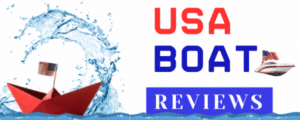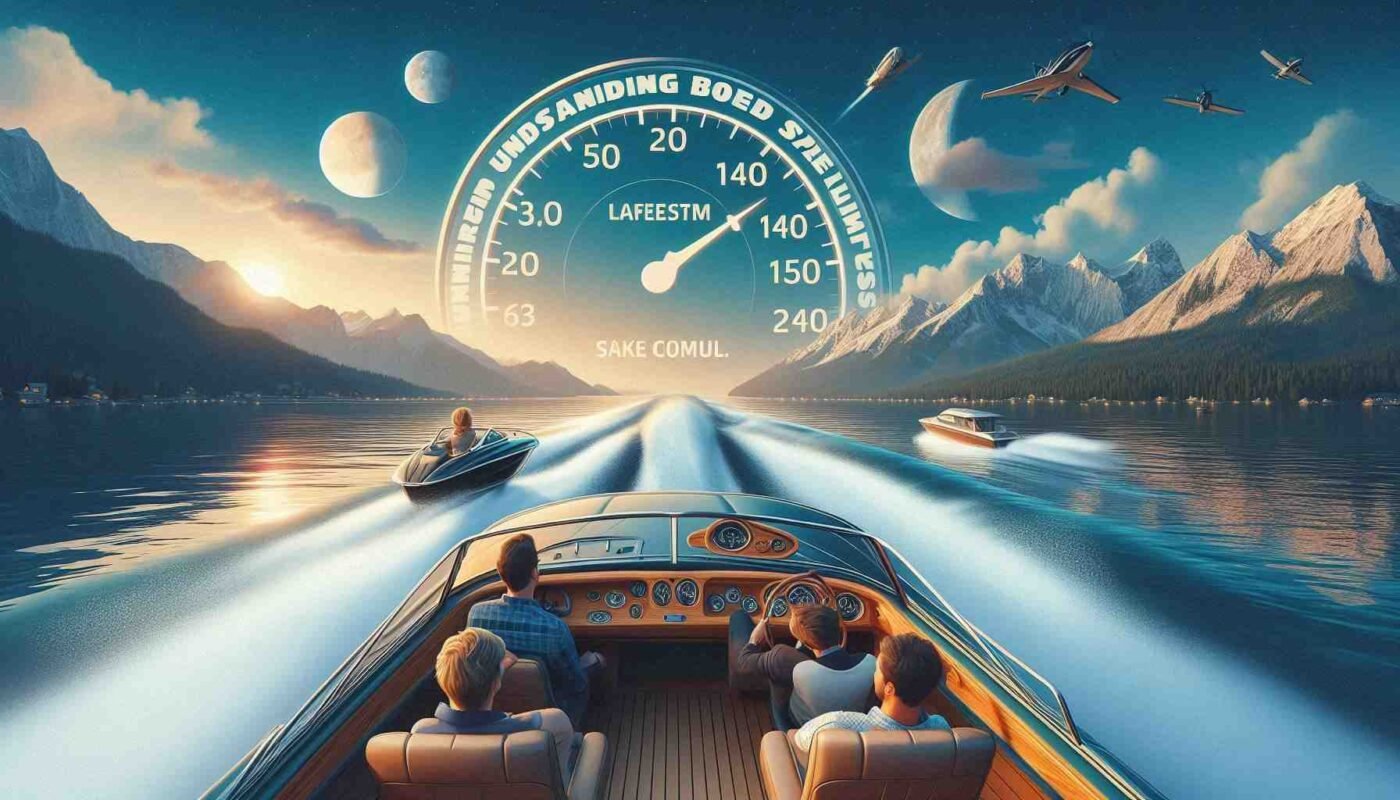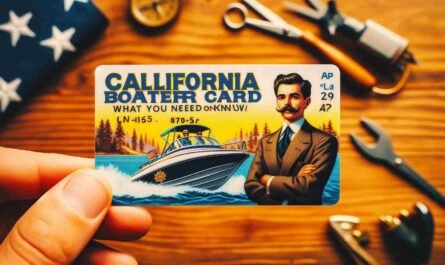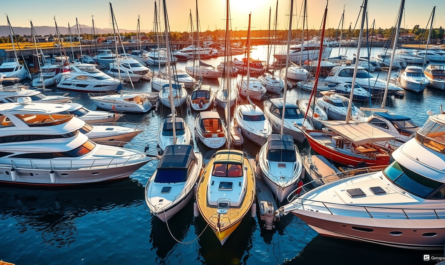Understanding Boat Speed Limits: What Every Boater Should Know
Whether you’re a weekend sailor or a full-time boater, there’s one rule we all need to follow: boat speed limits. Just like on the road, there are speed rules on the water — and they exist for good reason.
But knowing what speed to go when you’re out on a lake, a river, or near a marina isn’t always as clear as a posted street sign. So in this guide, we’ll break it all down in plain English. You’ll learn why boat speed limits matter, how they vary by location, and what you can do to stay safe — and legal — out on the water.
Why Are Boat Speed Limits Important?
You may be asking, “Can’t I just go as fast as my boat allows?” Not exactly.
Boat speed limits are about more than just rules — they keep people safe, protect wildlife, and reduce damage to shorelines and docks.
Think of it this way: imagine a car speeding through a neighborhood with kids playing outside. Boats going too fast can have the same effect on marina areas and shallow waters.
Here’s why boat speed limits matter:
- Safety for swimmers, paddlers, and other boaters – Boats create large wakes that can tip over smaller watercraft or cause injuries.
- Less shoreline erosion – Big wakes can damage shorelines and wash away sand and soil.
- Protection of marine wildlife – Many animals live near the surface or among vegetation that can be destroyed by reckless speeds.
- Preventing accidents and property damage – Speeding in crowded marinas increases the chance of collisions.
How Are Boat Speed Limits Set?
Speed limits on the water aren’t as straightforward as those on the highway. On the road, you’ll find 25 or 55 mph signs. On the water, you might see terms like “No Wake Zone” or “Idle Speed Only.”
Let’s unpack what those actually mean.
No Wake Zone
This is a common one, and you’ll find it near marinas, docks, and swimming areas. A No Wake Zone means you should drive your boat slow enough that it doesn’t create ripples bigger than small waves — basically, no rolling waves behind you. Think of it like idling in a car through a crowded parking lot.
Idle Speed
“Idle speed” takes “no wake” a step further — it’s the absolute minimum speed needed to maintain control of your boat. You should barely be moving. If there’s a current or wind and you aren’t moving forward, you might need to give the throttle a little push, but not much.
Maximum Speed Limits
Some lakes and rivers will post actual speed limits — 30 mph, for instance — especially if they’re larger bodies of water. These may be posted near launch ramps or on buoys. It’s your responsibility to know those local rules.
Tip: If you’re unsure about the local limit, play it safe and slow down.
Where Do Speed Restrictions Commonly Apply?
Speed rules can change depending on where you boat. Here are common zones that often have lower limits:
- Marinas and harbors – High-traffic, pedestrian-heavy areas with lots of boats coming and going.
- Swimming areas – Often near beaches — these are typically strict No Wake Zones.
- Narrow channels or canals – Tight passageways mean less space and more potential for danger.
- Wildlife areas – Lakes, estuaries, and rivers where birds nest or sea life gathers.
So, if you’re pulling out of a marina or traveling through a calm bay, you’ll want to slow it way down.
Who Enforces Boat Speed Limits?
Just like on the highway, there are “marine police” out there who you don’t want to mess with.
Local law enforcement, the Coast Guard, and even park rangers can monitor waterway traffic and issue fines for boating violations, including speeding.
So yes — you can get a speeding ticket on a boat.
Also, if you’re involved in an accident while speeding, you could be held responsible, and your boating license may be at risk. Always better to play it safe.
What Happens If You Don’t Follow the Speed Limit?
Aside from the safety risks, there are real consequences for ignoring boating speed laws:
- Fines and penalties – These can vary by location, but they aren’t cheap.
- Increased insurance rates – If you cause an accident, your rates could skyrocket.
- Damage to your boat or someone else’s – Boats and docks are expensive. One wrong move can cost you thousands.
- Injury to others – This one’s the worst-case scenario, and it can be avoidable with simple caution.
Tips for Navigating Boat Speed Limits
Here’s how to stay within the rules and enjoy your time on the water safely:
- Pay attention to signs and buoys – Look for posted speed limits or markers that say “No Wake Zone,” “Idle Speed,” or “Slow Speed.”
- Use a GPS or boating app – These can show waterway regulations and help you avoid restricted areas.
- Stay aware of your surroundings – If you see swimmers, kayakers, or wildlife, slow down — even if there’s no sign.
- Learn local laws before launching – Speed rules can vary between counties, states, or even specific lakes.
- If in doubt, slow it out – Better to go slow than regret going too fast.
Real-Life Example: Why Slowing Down Matters
Last summer, I was boating with friends in a small inlet off the main lake. We were approaching a row of docked sailboats when I reminded the driver to switch to idle speed. A boat just ahead of us didn’t, and its wake was so large that one docked kayak flipped — with someone inside!
Luckily, the person was okay. But it was a wake-up call — these rules aren’t just suggestions. They’re there to protect everyone.
In Closing—Boating Speed Etiquette Is Just as Important as Knowing the Rules
Whether you’re cruising across open waters or easing into a marina, understanding and following boat speed limits is non-negotiable. It keeps everyone safe, protects the environment, and makes boating enjoyable for all.
Just remember:
- Know the zones.
- Watch your speed.
- When in doubt, slow down.
Boating isn’t about getting somewhere fast — it’s about the journey, the breeze, and enjoying the ride. Respect the water, respect your fellow boaters, and you’ll have smooth sailing every time.







